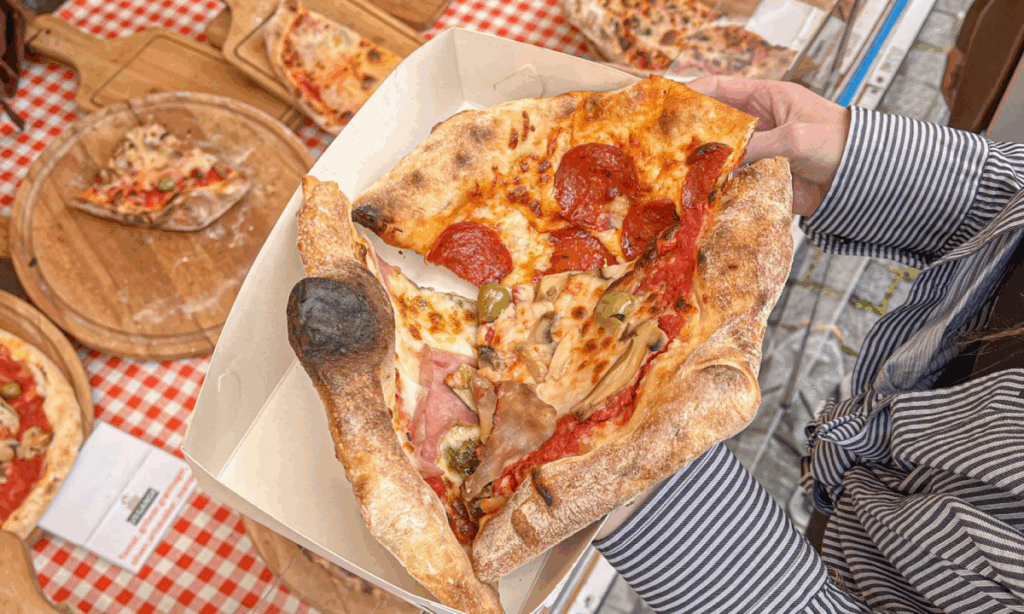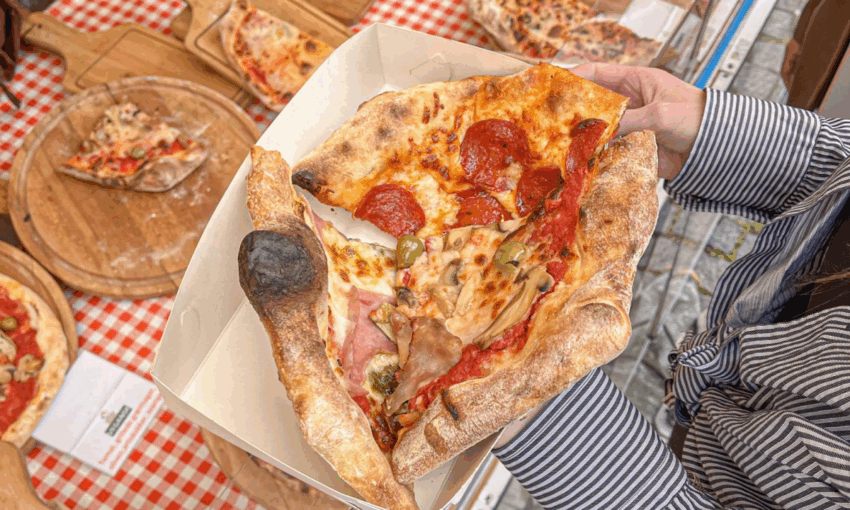
A Deep Dive into the Vibrant World of the European Food Market
The European food market is a dynamic and diverse landscape, reflecting the continent’s rich culinary heritage and evolving consumer preferences. From bustling open-air markets in Italy to sophisticated gourmet food halls in London, the variety and quality of offerings are unparalleled. This article provides an in-depth exploration of the european food market, examining its key trends, challenges, and opportunities for businesses and consumers alike. Understanding the nuances of the european food market is crucial for anyone involved in the food industry, whether as a producer, distributor, retailer, or consumer. The european food market is not just about sustenance; it’s a cultural experience, a social gathering point, and a vital economic engine.
The Historical Roots of European Food Markets
The tradition of food markets in Europe dates back centuries. In medieval times, marketplaces were the heart of communities, serving as centers for trade, social interaction, and the exchange of information. Farmers and artisans would bring their goods to town squares, offering fresh produce, meats, cheeses, and handcrafted items. These early european food market systems laid the foundation for the modern food industry we know today. Over time, these markets evolved, adapting to changing consumer demands and technological advancements.
The rise of industrialization and urbanization in the 19th and 20th centuries brought about significant changes in the way food was produced, distributed, and consumed. Supermarkets and large-scale retailers emerged, offering convenience and affordability. However, traditional food markets continued to thrive, maintaining their appeal through their emphasis on quality, freshness, and local sourcing. The european food market has proven remarkably resilient, adapting to new challenges while preserving its unique character.
Key Trends Shaping the Modern European Food Market
Several key trends are currently shaping the european food market. These include:
- Increased Demand for Organic and Sustainable Products: Consumers are increasingly concerned about the environmental and health impacts of their food choices. This has led to a surge in demand for organic, locally sourced, and sustainably produced food products. [See also: Sustainable Food Production in Europe]
- The Rise of Plant-Based Diets: Driven by health, ethical, and environmental concerns, plant-based diets are becoming increasingly popular across Europe. This trend has spurred innovation in the development of plant-based alternatives to meat, dairy, and eggs.
- The Growing Importance of Food Safety and Traceability: Food safety is a top priority for consumers and regulators alike. The european food market is subject to strict regulations and standards to ensure the safety and quality of food products. Traceability systems are becoming increasingly sophisticated, allowing consumers to track the origin and journey of their food from farm to table.
- The Impact of E-commerce and Digital Technologies: E-commerce is transforming the way people buy food. Online grocery shopping is becoming increasingly popular, offering consumers convenience and access to a wider range of products. Digital technologies are also being used to improve efficiency and transparency in the food supply chain.
- The Influence of Cultural Diversity and Globalization: Europe is a melting pot of cultures, and this is reflected in its diverse culinary landscape. Globalization has also brought new flavors and ingredients to the european food market, expanding consumer choices and creating opportunities for innovation.
Challenges Facing the European Food Market
Despite its strengths, the european food market faces several significant challenges. These include:
- Supply Chain Disruptions: Global events, such as pandemics and geopolitical conflicts, can disrupt food supply chains, leading to shortages and price increases. Building resilient and diversified supply chains is crucial for ensuring food security.
- Climate Change: Climate change is impacting agricultural production, leading to lower yields and increased risks of extreme weather events. Adapting to climate change and promoting sustainable farming practices are essential for ensuring the long-term viability of the european food market.
- Food Waste: Food waste is a major environmental and economic problem. Reducing food waste throughout the supply chain, from farm to fork, is a key priority.
- Aging Population and Changing Demographics: Europe’s aging population and changing demographics are creating new challenges for the food industry. Developing food products that meet the needs of older consumers and diverse cultural groups is essential.
- Regulatory Complexity: The european food market is subject to a complex web of regulations and standards. Navigating this regulatory landscape can be challenging for businesses, particularly small and medium-sized enterprises (SMEs).
Opportunities for Growth and Innovation
Despite these challenges, the european food market offers significant opportunities for growth and innovation. These include:
- Developing New and Innovative Food Products: Meeting the evolving needs and preferences of consumers requires continuous innovation in food product development. This includes developing new plant-based alternatives, functional foods, and personalized nutrition solutions.
- Leveraging Technology to Improve Efficiency and Transparency: Technology can play a crucial role in improving efficiency and transparency in the food supply chain. This includes using data analytics to optimize production, distribution, and marketing, as well as implementing blockchain technology to enhance traceability.
- Building Stronger Relationships with Consumers: Building trust and loyalty with consumers is essential for success in the european food market. This includes engaging with consumers through social media, providing transparent information about food products, and offering personalized experiences.
- Expanding into New Markets: The european food market is becoming increasingly integrated with the global food system. Expanding into new markets, both within and outside Europe, can offer significant growth opportunities for businesses.
- Promoting Sustainable and Ethical Food Practices: Consumers are increasingly demanding sustainable and ethical food practices. Businesses that prioritize sustainability and ethical sourcing are more likely to succeed in the long term. [See also: Ethical Sourcing in the Food Industry]
The Future of the European Food Market
The future of the european food market will be shaped by a complex interplay of factors, including changing consumer preferences, technological advancements, and environmental pressures. The market is expected to continue to grow, driven by rising incomes and increasing demand for high-quality, sustainable food products. Innovation will be key to success, as businesses strive to meet the evolving needs of consumers and adapt to new challenges. The european food market is a vibrant and dynamic landscape, offering exciting opportunities for those who are willing to embrace change and innovate.
The european food market is a complex ecosystem, but understanding its dynamics is essential for anyone involved in the food industry. By embracing innovation, promoting sustainability, and building strong relationships with consumers, businesses can thrive in this dynamic and competitive market. The european food market is more than just a place to buy and sell food; it’s a reflection of European culture, history, and values. The growth of the european food market is undeniable, and will continue to be a staple of the global economy.
